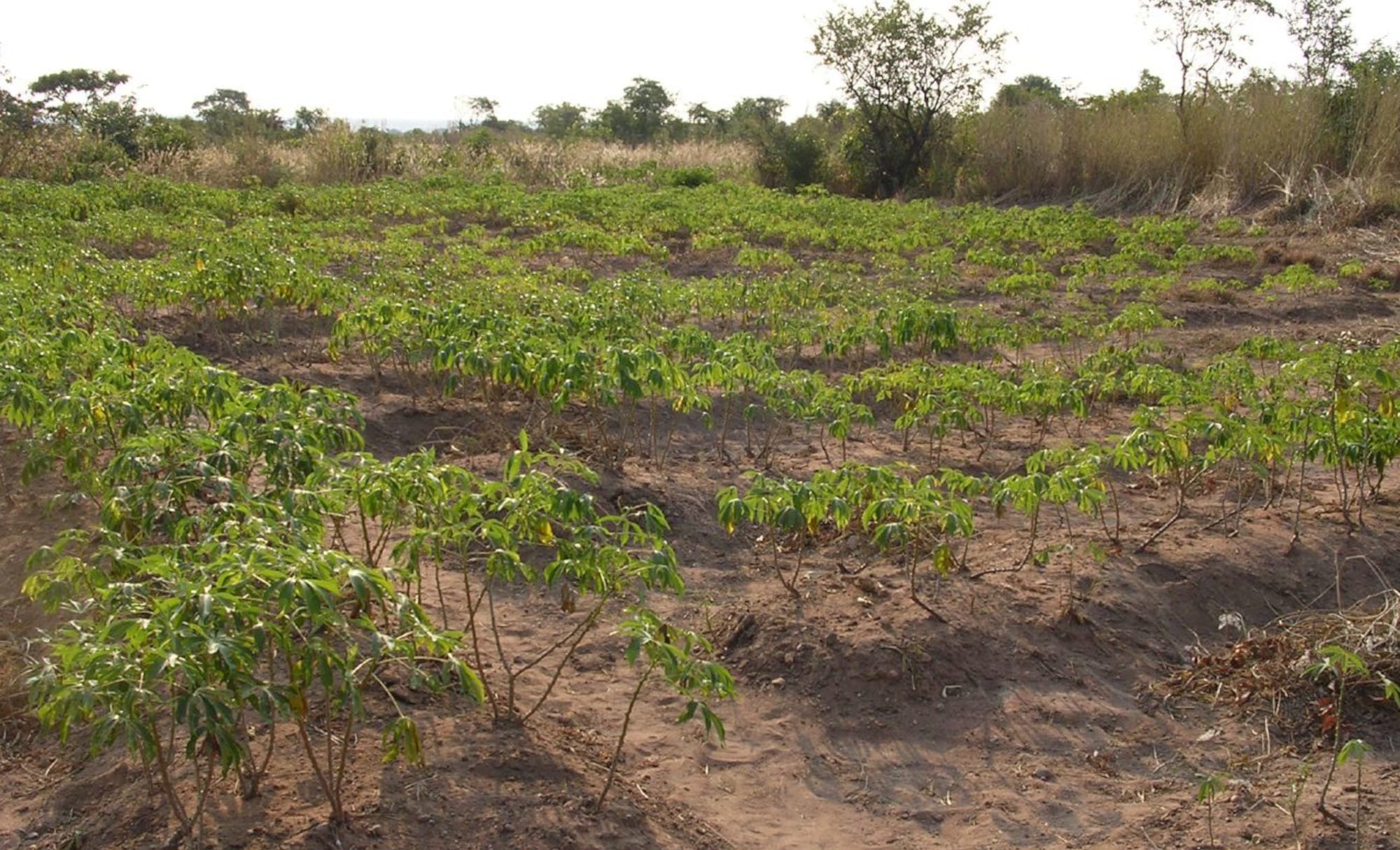Impossible List - 15 December
How far I've come over the course of the last month in regards to the impossible list of goals I've set for myself.

In the face of climate change and increasing weather variability, accurate seasonal rainfall forecasts have never been more crucial for African agriculture.

In the face of climate change and increasing weather variability, accurate seasonal rainfall forecasts have never been more crucial for African agriculture. I want to share how we're building a forecasting system that combines multiple climate indicators with modern machine learning techniques to predict rainy season characteristics across Africa.
Forecasting seasonal rainfall in Africa is complex. The continent spans multiple climate zones, each with its own rainfall patterns. Some regions experience a single rainy season, while others have two. These patterns are influenced by various climate phenomena, from the El Niño-Southern Oscillation (ENSO) in the Pacific to the Indian Ocean Dipole (IOD).
Our model integrates several key climate indicators:
Rather than relying on a single approach, we've developed an ensemble system that combines multiple prediction methods:
We analyse historical rainfall patterns to understand:
This creates a baseline "climatology" for each location.
Different regions respond differently to climate indicators. For example:
We weight these influences based on historical relationships and geographical location.
Our system employs multiple machine learning models:
Each model contributes to the ensemble forecast.
We don't rely solely on statistical relationships. The system incorporates physical constraints:
Africa's diverse climate means one size doesn't fit all. We've developed regional calibration zones based on:
Every forecast includes confidence levels derived from:
The system continuously improves through:
Our system provides several key outputs:
We validate our forecasts through:
This forecasting system represents a significant step forward in seasonal prediction for Africa. By combining multiple data sources, ensemble methods, and careful regional calibration, we're working to provide more accurate and useful forecasts for agricultural planning.
The system's modular design allows for continuous improvement as new data sources become available and our understanding of climate-rainfall relationships improves. We believe this approach will help farmers make better-informed decisions about planting dates and crop choices, ultimately contributing to more resilient agricultural systems across Africa.